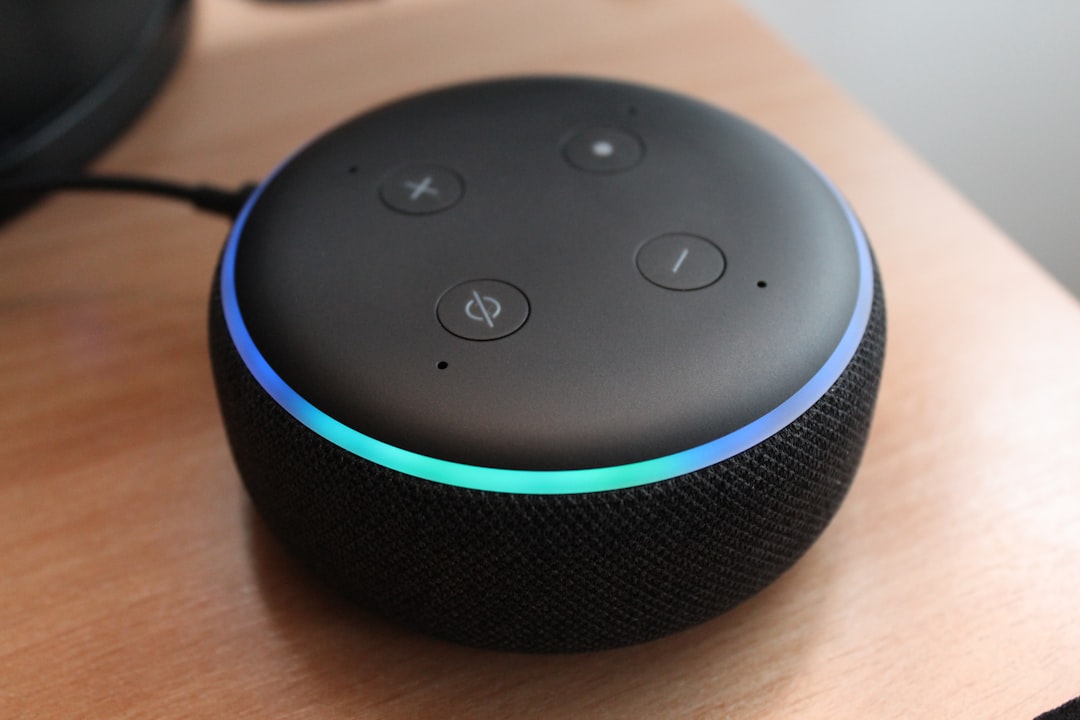Table of Contents
In recent years, smart home automation has shifted from a futuristic luxury to an accessible and practical part of everyday living. With the emergence of platforms like Amazon Alexa and Apple HomeKit, homeowners can now control everything from lighting to thermostats with a few words or taps. These systems are not only convenient but increasingly secure, intuitive, and interoperable with a broad range of devices.
Understanding Smart Home Automation
Smart home automation refers to the use of Internet-connected devices to manage and automate household systems. Through voice commands, mobile apps, and programmed routines, users can simplify daily tasks and enhance their quality of life. Two of the most prominent players in this space are Amazon Alexa and Apple HomeKit.
Alexa and HomeKit differ in their underlying platforms—Alexa is cloud-based and hardware-agnostic, while HomeKit is Apple’s proprietary ecosystem, emphasizing privacy and tight integration with Apple devices. Each offers unique advantages depending on a user’s preferences and existing tech investments.
Amazon Alexa: Powerful and Widely Compatible
Amazon Alexa is integrated into a range of smart speakers and displays, such as the Echo series. What makes Alexa especially appealing is its broad compatibility with third-party devices and services. Thousands of manufacturers design their smart gadgets to be “Alexa-compatible,” from smart plugs and cameras to door locks and appliances.
- Voice Control: Alexa can control multiple devices using voice commands. For example, saying, “Alexa, turn off the kitchen lights” immediately executes the command if the lights are linked.
- Routines: Users can create customized routines that automate actions such as adjusting lights or playing music at a specific time.
- Skills: Alexa offers “skills”—similar to apps—that extend her capabilities. These can range from trivia games to smart car controls.

Another highlight is Alexa’s impressive multi-platform compatibility, allowing Android and iOS users alike to enjoy seamless automation. Furthermore, products like Alexa Guard offer added security by detecting unusual sounds and alerting users, thereby doubling the home assistant as a basic home security system.
Apple HomeKit: Privacy-First and Seamlessly Integrated
Apple HomeKit offers a more curated experience, prioritizing privacy and user data protection. It is deeply integrated into the Apple ecosystem, working especially well with devices like the iPhone, iPad, Apple Watch, and HomePod.
- Home App: With the Apple Home app, users can manage all their smart accessories in one interface. Its clean design makes automation simple even for beginners.
- Siri Integration: HomeKit supports voice commands via Siri, letting users query or control devices naturally—like saying, “Hey Siri, lock the front door.”
- Automation: HomeKit allows event-based automation. For example, lights can turn on when someone arrives home, or thermostats can adjust when a certain temperature is reached.

One of HomeKit’s distinguishing features is end-to-end encryption. All interactions are routed through your Apple devices securely, offering robust privacy. Additionally, Apple’s strict certification process ensures that only vetted devices gain HomeKit compatibility, further enhancing reliability and peace of mind.
Alexa vs. HomeKit: Which Should You Choose?
Choosing between Alexa and HomeKit largely comes down to personal preferences and existing technology. Here are a few key considerations:
- Device Compatibility: If you own many different smart brands, Alexa offers a wider range of compatibility. HomeKit’s ecosystem is more selective but generally more seamless if you are fully invested in Apple hardware.
- User Interface: HomeKit’s Home app offers a streamlined experience with fewer customizations. Alexa’s app is more flexible, allowing for complex routines and a variety of integrations.
- Voice Assistants: Siri integrates exceptionally well within iOS, whereas Alexa functions well across both iOS and Android platforms with a more feature-rich skillset.
- Privacy: For privacy-conscious users, HomeKit offers superior encryption and data handling practices.
In reality, many households blend both ecosystems—using Alexa for its device compatibility and HomeKit for managing essential home automation tasks more securely.
Setting Up Your Smart Home
Getting started with either system doesn’t require specialized technical knowledge. Here are a few essential steps:
- Purchase Compatible Devices: Look for the “Works with Alexa” or “HomeKit Compatible” labeling on smart gadgets.
- Install the Primary Hub: For Alexa, this could be any Echo device. For HomeKit, a HomePod Mini or Apple TV often acts as the central hub.
- Download the App: Download the Alexa or Apple Home app to your smartphone to begin setting up and managing devices.
- Create Rooms and Groups: Organize devices by room or function to allow grouped commands like “Turn off all downstairs lights.”
- Set Automations and Routines: Explore options for automating lighting, alarms, door locks, and more based on time, location, or action triggers.
From automating morning routines to securing your home when you’re away, the possibilities with Alexa and HomeKit are expansive and ever-evolving.

Expanding Your Smart Home Ecosystem
As both Alexa and HomeKit continue to evolve, users can expect more advanced capabilities through AI, machine learning, and cross-platform integration. Devices are increasingly supporting both Alexa and HomeKit, making it easier for users to mix and match according to their needs.
Other standards like Matter—a unified smart home protocol backed by Amazon, Apple, Google, and others—are set to revolutionize compatibility and performance. As these changes become more mainstream, setting up a smart home will become even more intuitive and universal.
FAQ: Smart Home Automations with Alexa & HomeKit
-
Q: What is the difference between Alexa and HomeKit?
A: Alexa is Amazon’s voice assistant and smart home ecosystem, known for broad third-party support and flexibility. HomeKit is Apple’s smart home platform, offering tight integration with iOS devices and prioritizing privacy. -
Q: Can Alexa and HomeKit work together?
A: While they don’t natively integrate, some devices and platforms (like Matter and select smart bridges) support both ecosystems, allowing partial interoperability. -
Q: Is one better for security than the other?
A: Apple HomeKit offers industry-leading encryption and data privacy. Alexa is also secure but involves cloud-based data handling, which may not align with privacy-first users. -
Q: Can I use Alexa on my iPhone?
A: Yes, the Alexa app is available on iOS, allowing users to manage devices and use voice commands via the app. -
Q: What is Matter and how does it relate to Alexa and HomeKit?
A: Matter is an emerging smart home standard aimed at improving device compatibility across ecosystems including Alexa, HomeKit, and Google Assistant. It simplifies setup and ensures more consistent performance.
In conclusion, smart home automation with Alexa and HomeKit brings more than convenience—it offers enhanced control, energy efficiency, and even peace of mind. Whether a household picks one platform or blends both, the smart home landscape is rich with potential and ever-ready to adapt.

